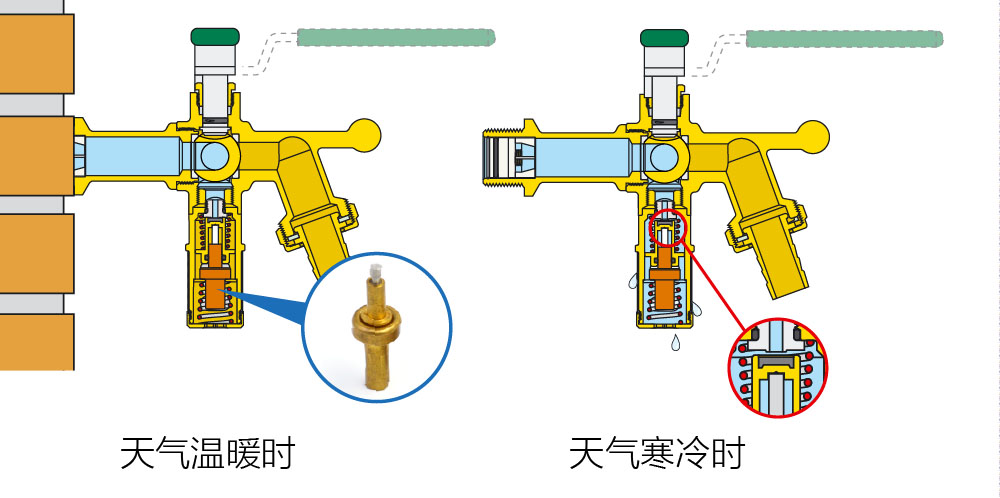Software Defined Network, referred to as SND, is the latest network architecture design concept proposed in recent years.

Its basic attributes include the separation of forwarding and control planes, and the centralization of network control and open flexible programming interfaces. This paper introduces the SND technology in detail, then expounds the networking logic and network structure of multiple SND controllers, and finally analyses the design requirements of control planes of multiple SDN controllers. In the large-scale application of cloud computing, the traditional data center network has been unable to meet the current network needs. The development of new applications in traditional networks puts forward more efficient and centralized network management requirements, efficient and flexible networking requirements, virtual deployment and migration need network flexibility requirements, while the network also needs to support the business of virtual multi-tenants. Simply speaking, thermostatic element data center networking is manifested in many aspects, such as massive virtual tenants, VM function deployment and migration, multi-path forwarding and network centralized automatic management. At present, Google has implemented the application of SDN technology in its data center, and effectively improved the link utilization rate of the data center. The data center network has become the clearest application scenario of SDN and the most promising scenario. SDN is proposed by Clean Slate Research Group of Stanford University in the United States. SDN refers to a new network innovation architecture.

The basic idea of SDN is to formulate the data forwarding strategy of traditional IP network, to realize the separation and separation of internal uncontrolled logic in router devices, and to freely control the hardware data forwarding strategy in software programming. Current SND can be divided into two categories: broad sense and narrow sense. Broad sense mainly refers to the existence of open spoken software programming network architecture function, which can realize the separation of control and forwarding decoupling, centralized control of logic, open and application-to-interface; narrow sense SND refers to the framework defined by the Open Network Foundation (ONF), according to OpenFlo. The internal software controller and SDN switch are included in the relevant protocols of W standard, and the control layer and data layer are decoupled to separate and flexibly control the real data flow.

For large-scale networks, only relying on Multithreading can not guarantee their basic performance. Large-scale networks can be divided into different regions. The processing ability of centralized control controllers under a single structure is limited. Therefore, under the action of multiple controllers, it is necessary to design control planes by networking, and the most frequently used designs. The scheme is to divide the current reserved network into different areas, set one or more controllers in each area, and implement East-West interface between the above controllers to ensure that the network is in the same state, and make the load balancing controller unified for the whole network.
Management provides security. The control system network architecture of cluster multi-controller. Internal controllers need to communicate with each other since the East-West interface needs Jgroup to manage cluster controller nodes and implement data caching. The two contents mentioned above are IGMP and Hazelcast respectively. Cluster cluster controller stage and data cache mainly use the above two. The nodes in the cluster adopt the same algorithm, which can promote the production and network mapping update function. In the stage of load balancing control, it is necessary to control the global network view controller and switch, and to maintain and update the above devices. Its selection work needs to depend on the distribution principle provided by Jgroup. It implements the monitoring of main controller nodes. If the nodes are abnormal, it is necessary to select other nodes to replace the main node’s takeover network, so as to avoid the disappearance of the main node’s effectiveness, resulting in the decline of network performance and complete handover process comparison.
Switches are open and transparent.
In the network architecture of cluster multi-controller system, there are three layers. The first layer is the role of load balancing controller. Through inquiry scheduling or hashing algorithm, through mature load balancing algorithm, the process of topological mapping of load controller nodes, combined with the current network situation, according to the detailed network situation, the phase is developed. If the initial stage knows which controller node can be deployed in the connectable cluster once a new node is added, the final load balancing effect can be achieved.

Load balancing controller has the function of collecting partition information to realize global network view statistics. In the second layer, the controller cluster can be constructed with the help of the current controller. Each control area should maintain the specific network state in the area. Each controller should implement load balancing control after submitting the network topology information. When the load capacity of the controller is greater than or lower than the threshold value, the controller in the cluster can dynamically increase or decrease the load capacity of the controller. Deletion is guaranteed.
In the third layer, the OpenFlow protocol controller can be used to issue control commands to realize data forwarding, prevent network congestion and ensure the efficiency of the network. The third architecture maintains excellent scalability at all levels and has corresponding guarantees. This architecture is more reasonable in large-scale network applications with more state changes. The design of cluster distributed controller scheme mainly depends on the following aspects: SND controller expansion from a certain point of view, and the idea of lateral expansion is the mainstream of SDN scalability research at present. What kind of performance should the controller cluster system have to satisfy the current network requirements? The key point is to ensure the integrity of the distributed network topology data. Therefore, reliable multicast communication system of cluster nodes is needed. The cluster design of the controller is analyzed, and several key points are fully considered. When the network load is serious or even beyond the capacity of the cluster, it is necessary to add new controllers dynamically in the resource pool of the cluster, increase the number of controllers, achieve higher performance and meet the current network requirements. Moreover, the network load will decrease dramatically, and it will drop to a predetermined threshold. In this case, the controllers in group dynamics need to be removed centrally to save system overhead effectively. In the cluster system of controllers, first of all, it is necessary to ensure that in the cluster system, when the node of a controller loses its own effect, the node of the controller takes over the failed node in time and effectively, and the equipment in the control range is taken over, the failure status of the failed node is saved in time, and then the error is made. Error information can be modified and restored in time; secondly, after the link path between the controller and the switching equipment fails, or when the link path between the switching equipment fails, the link fails, the link failures between the switching equipment and other errors occur, the cluster system can be restored effectively; lastly, the cluster system can be guaranteed by After the breakdown occurs, the cluster can be reconstructed and restored quickly, or the small cluster can keep normal operation after being separated. The control nodes in the cluster system should not only have topology, synchronization and consistency of state information, but also have corresponding influence on the performance of the cluster system. On the premise of guaranteeing availability, the same requirement is made for the current state consistency. The availability of cluster system can guarantee the final consistency of state information. The data center network based on SND technology not only ensures the separation of logical control, but also solves the problems of centralized automation management, energy saving and multi-path forwarding of the current data center network by relying on the characteristics of centralized logical control. The development of SND network and the effective realization of virtual ensures the openness and VM functions of the data center.

Deployment, mass user needs. The introduction of SND network can realize the unified deployment controller to collect all kinds of data, meet the traffic demand of data center, and then achieve unified calculation and scheduling, achieve flexible bandwidth allocation, optimize the network to the greatest extent, and improve the utilization of resources.
